Search

Compensation for Family Members Returning to the Farm
Compensating for management and labor is one of the questions that must be answered when bringing a family member into the family operation.

Understanding the Importance of Your Herd’s Energy Reserves
The energy reserves of a herd are a direct correlation to the nutrient supply and balance. Body condition scoring is a practical tool that is simple to implement and allows producers to analyze the energy reserves of their herd and manage winter feeding accordingly.
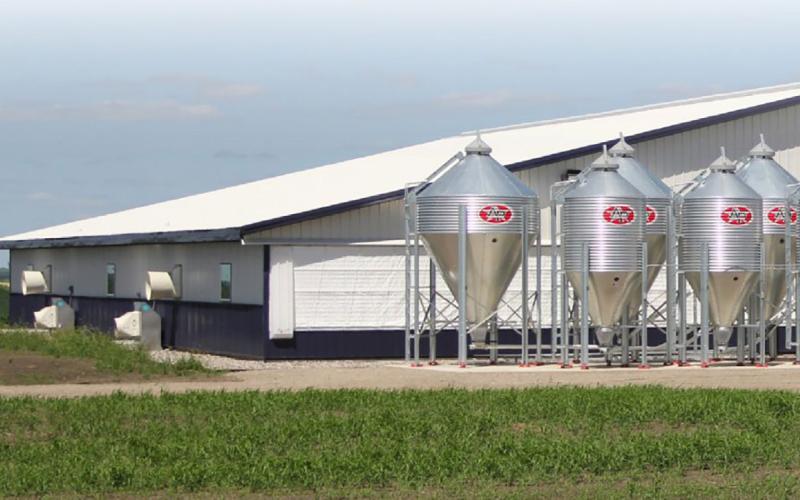
Evaluating the Effects of Replacing Soy Protein Concentrate with Corn-Fermented Protein on Growth Performance and Gut Integrity of Weaned Pigs
A recent trial at the SDSU offsite swine commercial wean-to-finish research barn investigated if corn-fermented protein could replace soy protein concentrate in weaned pig diets with similar effects on growth performance and gut integrity.

Feed Costs Still a Large Percentage of the Cow Budget
Monitoring, managing, and minimizing feed costs while maintaining a balanced ration is one way to maximize profit potential in the cow herd. Learn some expert tips for creating a least-cost ration.
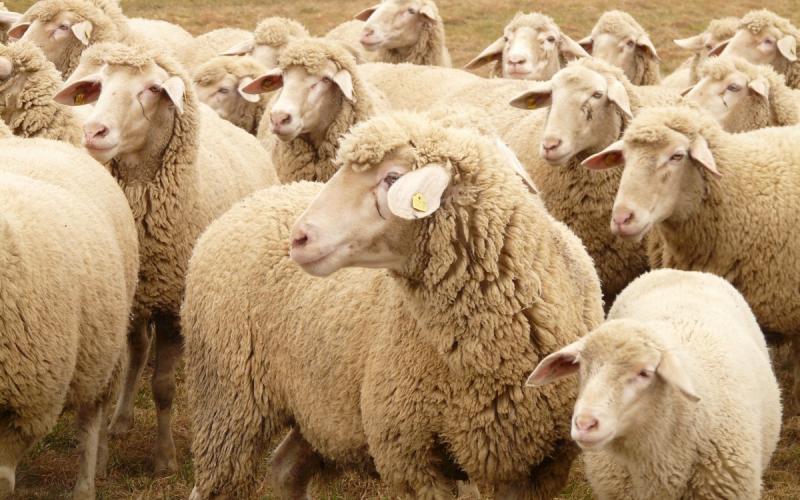
Using Corn Silage in Sheep Diet Formulations
Many Midwest producers have limited options for their primary forage source this year and, must utilize ear-less corn stalks as silage for their in livestock feeding systems. Despite the lack of ears on stalks in some areas the resultant corn stover silage is still expected to contain 80% of expected level of energy under normal growing conditions.
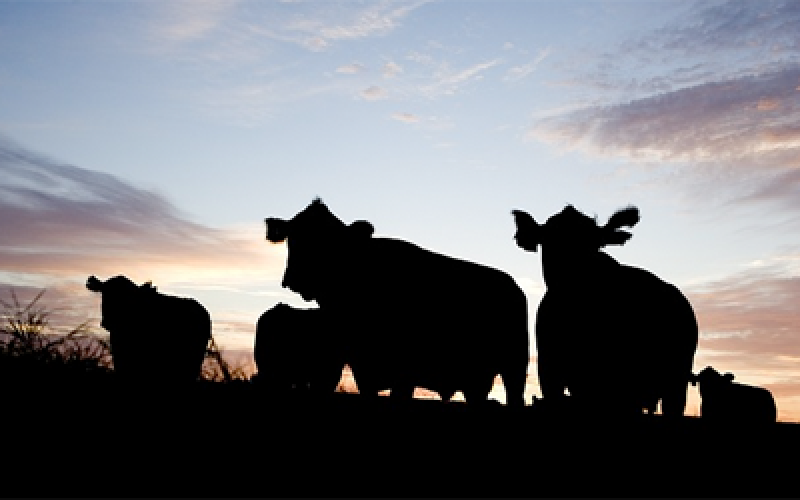
Economic Impact of the Beef Industry on South Dakota
The beef industry in South Dakota makes a significant contribution to economic output and development in the state. As of January 1st, 2012 there were 1,610,000 beef cows in South Dakota. These cows produced 1,710,000 calves during the year and the industry produced an estimated $2,283,766,027 in gross income during 2012 (South Dakota Agriculture 2013).
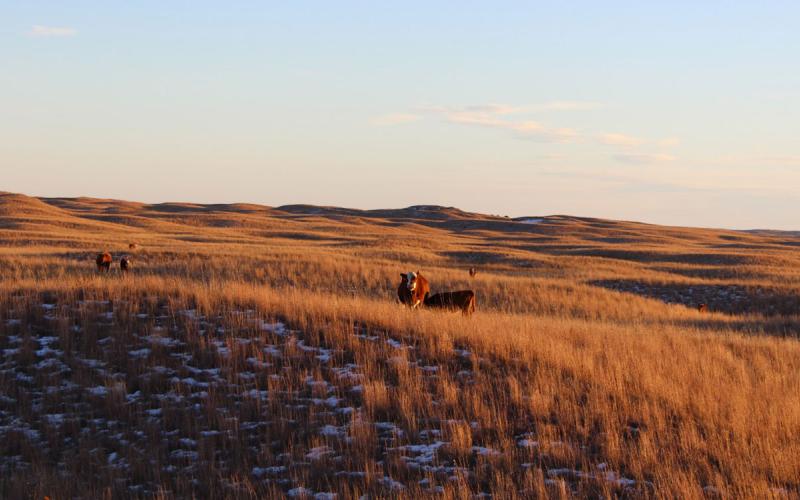
Protecting Your Pastures While Winter Grazing
Winter grazing of stockpiled grass produced during the growing season can help extend the grazing season and reduce winter feed costs. Learn some strategies to successfully incorporate winter grazing into your operation.
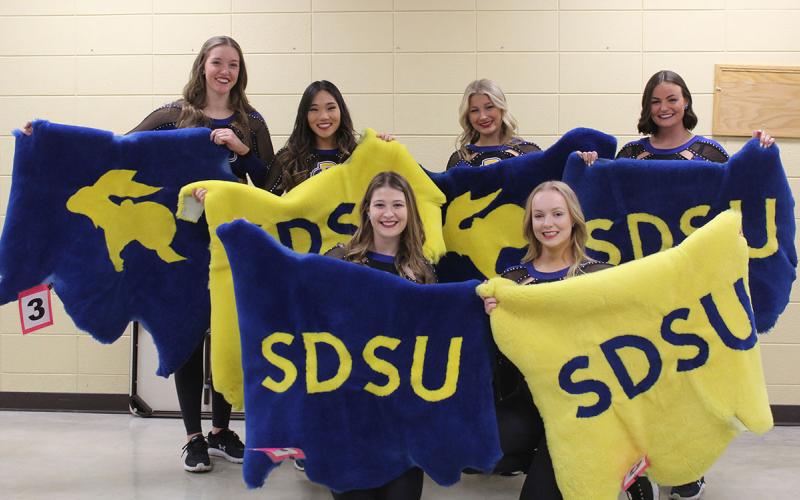
32nd Lamb Bonanza to showcase sheep industry during SDSU basketball game
December 12, 2023
Six lamb pelts will be auctioned during the Lamb Bonanza, which is Jan. 13, 2024, at the SDSU Frost Arena in Brookings. The game starts at 2 p.m. and features SDSU versus University of Denver.

SDSU Extension offering workshop on virtual fencing
December 20, 2023
“Virtual Fencing 101: Expectations and Considerations” is from 9 a.m. to 5 p.m. MT, on Jan. 11, 2024, at the Box Elder Events Center. It is free to attend.
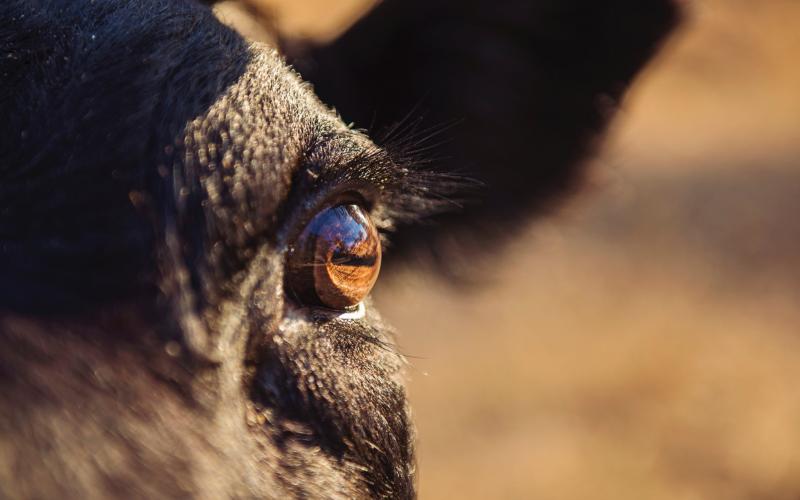
Toe Abscess (Toe Tip Necrosis) in Feeder Cattle
Toe abscess (toe tip necrosis) is most commonly seen in feedlot cattle and is likely subsequent to excessive abrasive damage to the hoof, especially the toe tip. Feet may become infected when the white line is damaged which opens the claw to bacteria, dirt and manure.